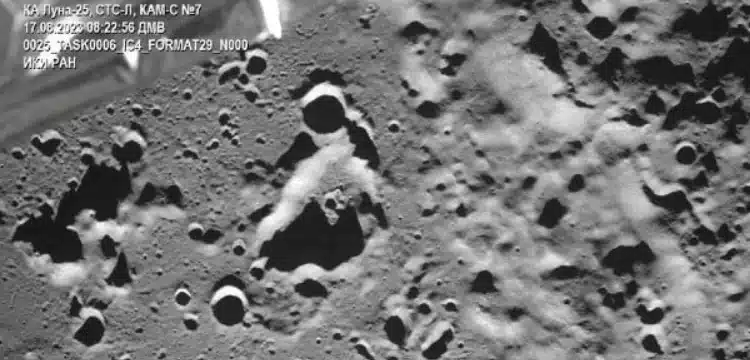[vc_row][vc_column][vc_column_text dp_text_size=”size-4″]Russia’s first moon mission in 47 years ended in failure as its Luna-25 spacecraft spun out of control and crashed into the moon. This incident highlighted the decline of Russia’s space program since its Cold War heyday. The state space corporation, Roskosmos, reported losing contact with the craft during its preparation for pre-landing orbit. A soft landing was planned, but the craft moved into an unpredictable orbit and eventually collided with the moon’s surface. A commission was established to investigate the reasons for the loss.
This setback underscored the decline of Russia’s space prowess from the times of launching Sputnik 1 in 1957 and sending Yuri Gagarin into space in 1961. The news also came amidst challenges to Russia’s economy due to Western sanctions and involvement in a significant conflict in Europe.
Also Read: Nokia will launch 4G internet service on moon this year.
While moon missions are notoriously challenging, Russia had not attempted one since Luna-24 in 1976. The recent mission’s failure contrasted with India’s Chandrayaan-3 spacecraft scheduled to land on the moon’s south pole. Russia aimed to demonstrate its ability to compete with space superpowers, but technical vulnerabilities and ambitious goals contributed to the mission’s failure. This could impact Russia’s future moon missions, including potential collaborations with China.
Russian scientists have criticized the space program’s management, citing vanity projects, corruption, and a decline in post-Soviet scientific education. Despite their hopes, the mission’s failure marked a disappointment for those who aspired to witness a revival of Russia’s lunar program.[/vc_column_text][/vc_column][/vc_row]











